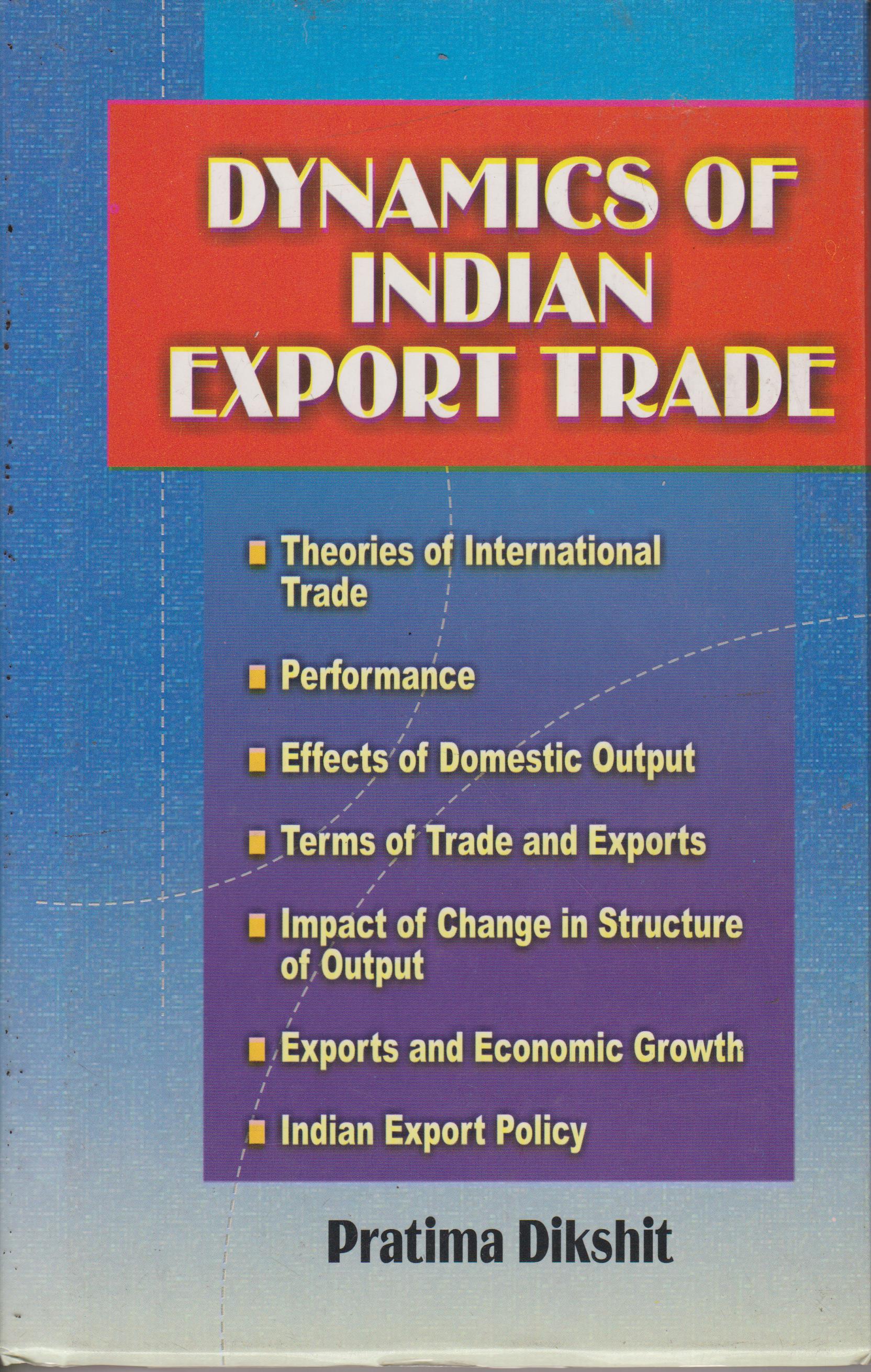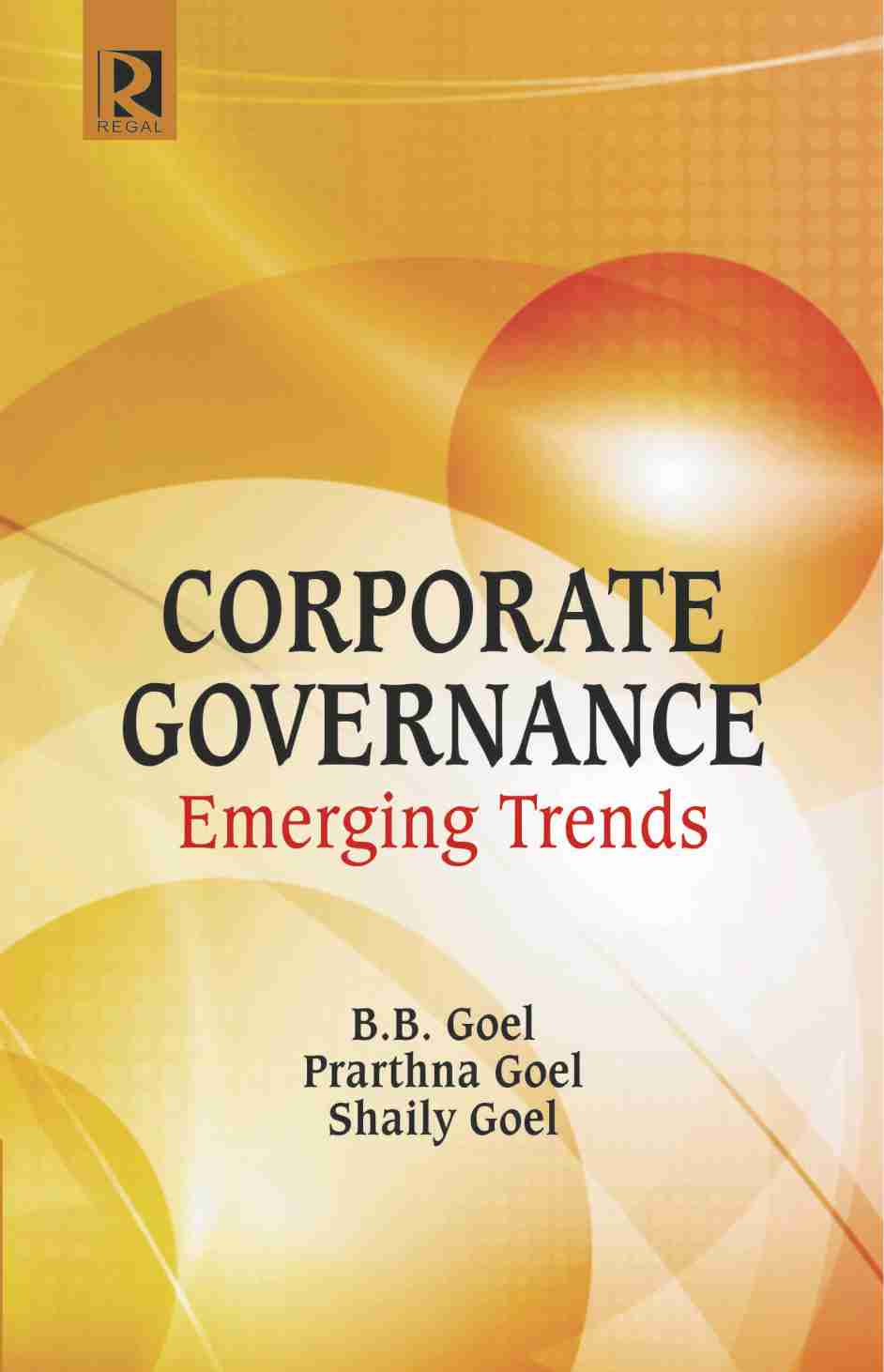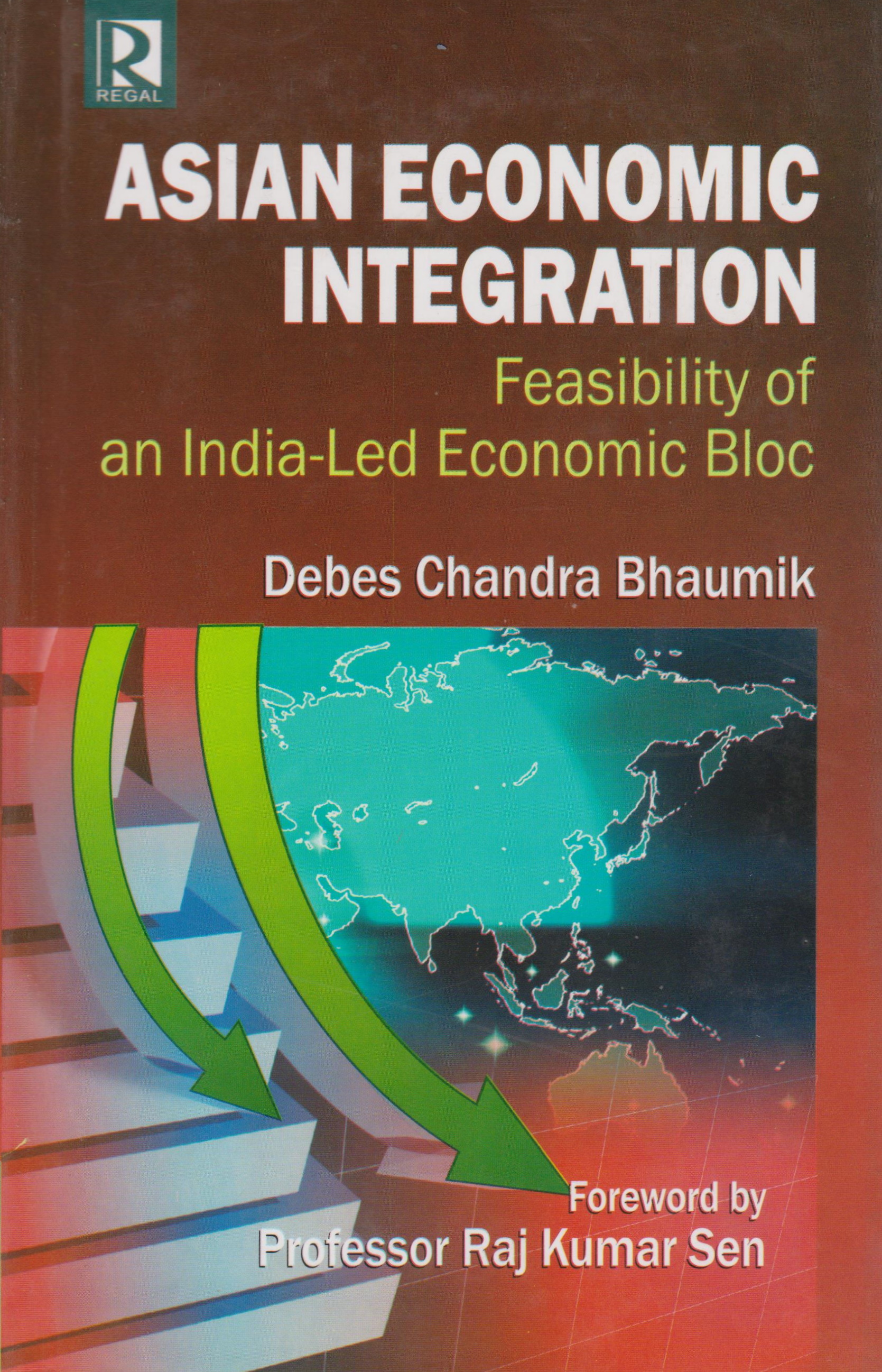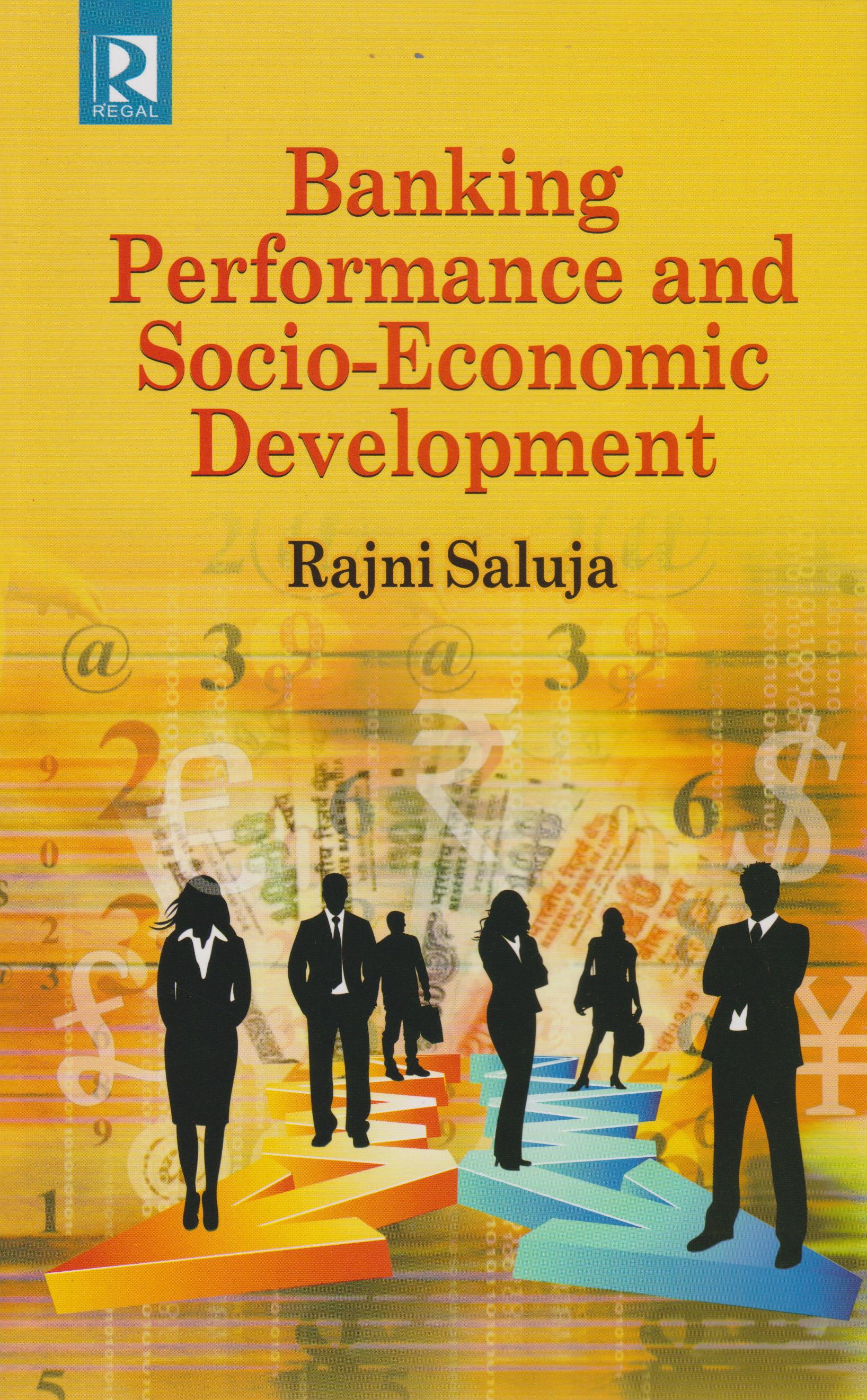Description
“Dynamics of Indian Export Trade” by Pratima Dikshit is a comprehensive exploration of the complexities and challenges faced by India’s export industry. As one of the fastest-growing economies in the world, India has witnessed remarkable growth in its export sector in recent decades. This book delves into the factors that shape India’s export trade dynamics and provides valuable insights into the opportunities and obstacles faced by exporters in the country. With a meticulous analysis of data and a deep understanding of the subject matter, Dikshit offers a compelling narrative that sheds light on the intricate dynamics of India’s export trade.
In this book review, we will examine the key aspects of “Dynamics of Indian Export Trade” and discuss its strengths, weaknesses, and overall significance. The review will be divided into sections, including a summary, analysis and evaluation, comparison, interpretation and themes, characters and characterization, author’s background, writing style, reader opinions, pros, and a final verdict.
In the first section of the book, Dikshit provides an overview of India’s export trade history and the factors that have contributed to its growth. She examines the policy reforms, market liberalization, and technological advancements that have shaped the export landscape in the country. Dikshit also explores the role of government initiatives, such as the “Make in India” campaign, in promoting exports and enhancing competitiveness.
The subsequent chapters delve into the various sectors of India’s export industry, including manufacturing, agriculture, and services. Dikshit analyzes the challenges faced by each sector, such as infrastructure bottlenecks, regulatory hurdles, and global market dynamics. She explores the impact of trade agreements and regional blocs on India’s export performance and discusses the potential for diversification and value addition in the export basket.
Throughout the book, Dikshit emphasizes the importance of innovation, research and development, and skill development in driving India’s export growth. She highlights successful case studies and best practices from different industries, showcasing the strategies employed by successful exporters. Dikshit also explores the emerging trends in global trade, such as e-commerce and digitalization, and their implications for India’s export competitiveness.
“Dynamics of Indian Export Trade” offers a comprehensive analysis of the challenges and opportunities in India’s export sector. Dikshit’s meticulous research and data-driven approach provide a solid foundation for her arguments and conclusions. She effectively combines theoretical frameworks with real-world examples, making the book accessible to both academic readers and practitioners in the field of international trade.
One of the key strengths of the book is its focus on the diverse sectors of India’s export industry. Dikshit goes beyond the traditional emphasis on manufacturing exports and delves into the potential of agricultural products and services. This multidimensional analysis helps in understanding the nuances and complexities of India’s export dynamics and provides a holistic view of the sector.
Moreover, Dikshit’s exploration of policy initiatives and government interventions offers valuable insights into the role of governance in shaping export trade. She critically evaluates the effectiveness of these policies and suggests potential areas for improvement. This critical perspective adds depth to the analysis and encourages readers to think beyond the surface-level challenges.
In comparison to other books on Indian export trade, “Dynamics of Indian Export Trade” stands out for its comprehensive approach and in-depth analysis. While some books may focus on specific sectors or policy issues, Dikshit’s book offers a broader perspective, encompassing various aspects of India’s export dynamics. The inclusion of case studies and industry-specific examples further enriches the book and makes it relatable to a wide range of readers.
Throughout “Dynamics of Indian Export Trade,” several key themes emerge. One prominent theme is the need for diversification and value addition in India’s export basket. Dikshit argues that relying solely on traditional sectors may limit India’s growth potential and suggests exploring emerging sectors and high-value products to enhance export competitiveness.
Another recurring theme is the importance of infrastructure development and logistics efficiency. Dikshit highlights the bottlenecks in India’s infrastructure networks and emphasizes the need for investment and reforms to facilitate smooth trade flows. She also discusses the role of technology and digitalization in streamlining export processes and reducing transaction costs.
As a non-fiction book focused on the analysis of India’s export trade, “Dynamics of Indian Export Trade” does not have characters in the traditional sense. However, Dikshit effectively presents real-life examples of exporters, industry leaders, and policymakers to illustrate her arguments and provide practical insights. These individuals serve as representations of the challenges and successes faced by various stakeholders in India’s export sector.
About the Author:
Pratima Dikshit is an eminent economist and expert in the field of international trade. With a PhD in Economics and years of research experience, Dikshit brings a wealth of knowledge and expertise to her book. She has previously published extensively on topics related to trade policy, globalization, and economic development. Dikshit’s scholarly background and deep understanding of India’s export dynamics lend credibility to her analysis and recommendations.
Dikshit’s writing style in “Dynamics of Indian Export Trade” is scholarly yet accessible. She effectively balances theoretical concepts with real-world examples, making the book engaging and informative. The inclusion of graphs, charts, and statistical data enhances the clarity of her arguments and supports her analysis. Dikshit’s language is concise, and she presents complex ideas in a logical and organized manner.
What People Say About This Book:
Reader opinions on “Dynamics of Indian Export Trade” have been overwhelmingly positive. Many praise the book for its comprehensive coverage, insightful analysis, and practical recommendations. Readers appreciate Dikshit’s ability to present complex ideas clearly and understandably. The book is particularly lauded for its relevance to policymakers, economists, and professionals in the field of international trade.
- Comprehensive analysis of India’s export trade dynamics.
- Inclusion of diverse sectors and emerging trends.
- Well-supported arguments with data and case studies.
- Critical evaluation of policies and recommendations for improvement.
- Clear and accessible writing style.











Reviews
There are no reviews yet.